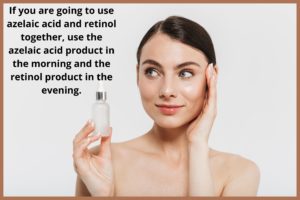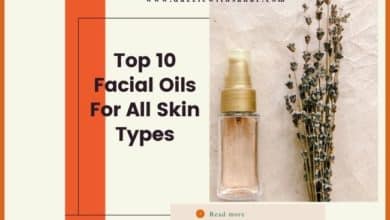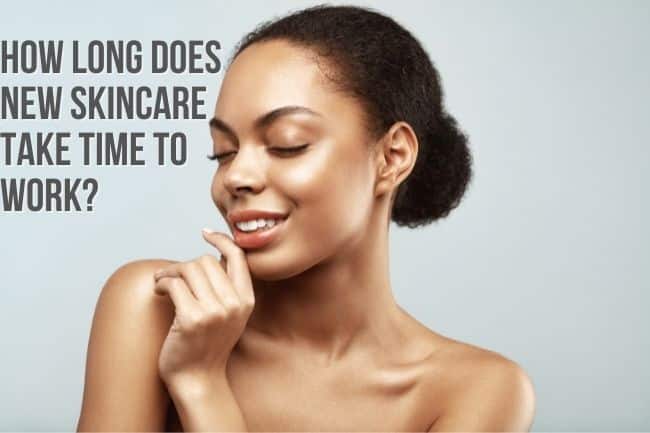Difference between Retinol And Retinoid
What is meant by retinoid?

They are antioxidants and possess a stellar rep as wrinkle-fighters. They encourage collagen production under the skin. Also, it decreases wrinkles over time.
They seem to enhance the skin’s texture. And the tone of the skin by boosting cell turnover and removing dark spots. Some retinoids, such as Retin-A Micro (tretinoin), improve to get rid of acne with unclogging pores.
The retinoids Fabior and Average (tazarotene) heal psoriasis by calming inflammation and controlling skin cell production.
What is meant by retinol?

Difference between Retinol and Retinoid
One of the main differences between retinol and retinoid is strength—particularly, prescript retinoid. In contrast, Retinols has the least concentration of the existing retinoic acid component. Prescript retinoids have a much greater concentration of the effective ingredient. OTC retinol ingredients are less harsh than prescription goods and act more steadily.
Retinols remain in the first-line and get changed to retinoids, and then it turns into the last product that truly enriches the skin that is retinoic acid. The retinol has to work with various transformations before it is converted into retinoic acid. The retinoids don’t need a lot of time to give the ultimate product to get extra powerful than retinol.
Can niacinamide and retinol be mixed?
Is it harmless to use them together?
It is not true that all skincare ingredients mixed will work effectively. Several combinations can act negatively or have lesser benefits.
Luckily, it’s harmless to combine niacinamide and retinol. Although the mixture is supposed to have various benefits.
Some benefits of using them together?

The mixture of niacinamide and retinoic acid (RA), retinol is converted once it’s in your skin. The Researchers observed that niacinamide decreases the irritation and dryness provoked by RA.
The study found that a retinol cream with moisturizing components with niacinamide created the least irritation than a prescription with only retinol.
This recommends that using a product that too includes niacinamide, that can guard your skin barrier, you might be capable of benefiting from retinol yet have some side effects.
Researchers have also noticed that methods comprising both niacinamide and retinol can be advantageous for skin types.
In
2016 researchers concluded that a retinol cream with niacinamide, hexylresorcinol, and resveratrol improved skin tone and marks of aging.
In 2012 researchers concluded that applying retinol, nicotinamide, and 7-dehydrocholesterol mutually is harmless and efficient for acne.
Some side effects
To date, there is no special study on the downsides of the product combination. Mixing is supposed to be harmless for most maximum skin kinds.
However, it’s feasible to improve an unfavorable effect, particularly if you are sensitive to retinol. Summing niacinamide might not be sufficient to negotiate how your skin responds.
The chance of side effects might also depend on:
- The particular skin forms
- A significant concentration of every ingredient
- Different ingredients in the method of the skincare product
How to apply them effectively

If applying these elements in individual products, it’s advised to use niacinamide first and then apply retinol. Using niacinamide first will assist and protect the skin from the impacts of retinol.
If you apply these ingredients individually or combine them in a single product, try to follow the manufacturer’s guidance. Please don’t use it more often than instructed.
Can retinol be used by breastfeeding women?

It will be possible that the least vitamin A will be consumed by topical ointments than by oral supplements since it might be okay for your newborn to breastfeed after applying a topical vitamin A cream as long as their mouth did not get in contact with the part of the skin that the cream was used on.
Although, it is good to eliminate the use of retinol-based creams when pregnant and breastfeeding. Before applying a retinol-based good, read all operator information and consult with your doctor or dermatologist.
When you have some skin or allergy cares throughout the postpartum period, please don’t be hesitant to move out to your healthcare instructor. They will provide you with proper guidance.
Can you use glycolic acid with retinol?

Although a well-known misconception that retinol contains an exfoliating influence since it can make the skin flake and peel. Still, this is a warning of destruction to the skin’s boundary and dehydration.
Glycolic acid appears at the exterior of the skin to reduce the bonds among dead skin cells for them to be dropped quicker.
It implies that glycolic acid and retinol really complement one another and may improve the results of the other.
Glycolic will act from the head to down, whereas retinol makes their thing from the base up. “Going them in together is difficult since they both can dry out the skin,”
Can I apply azelaic acid with retinol?





